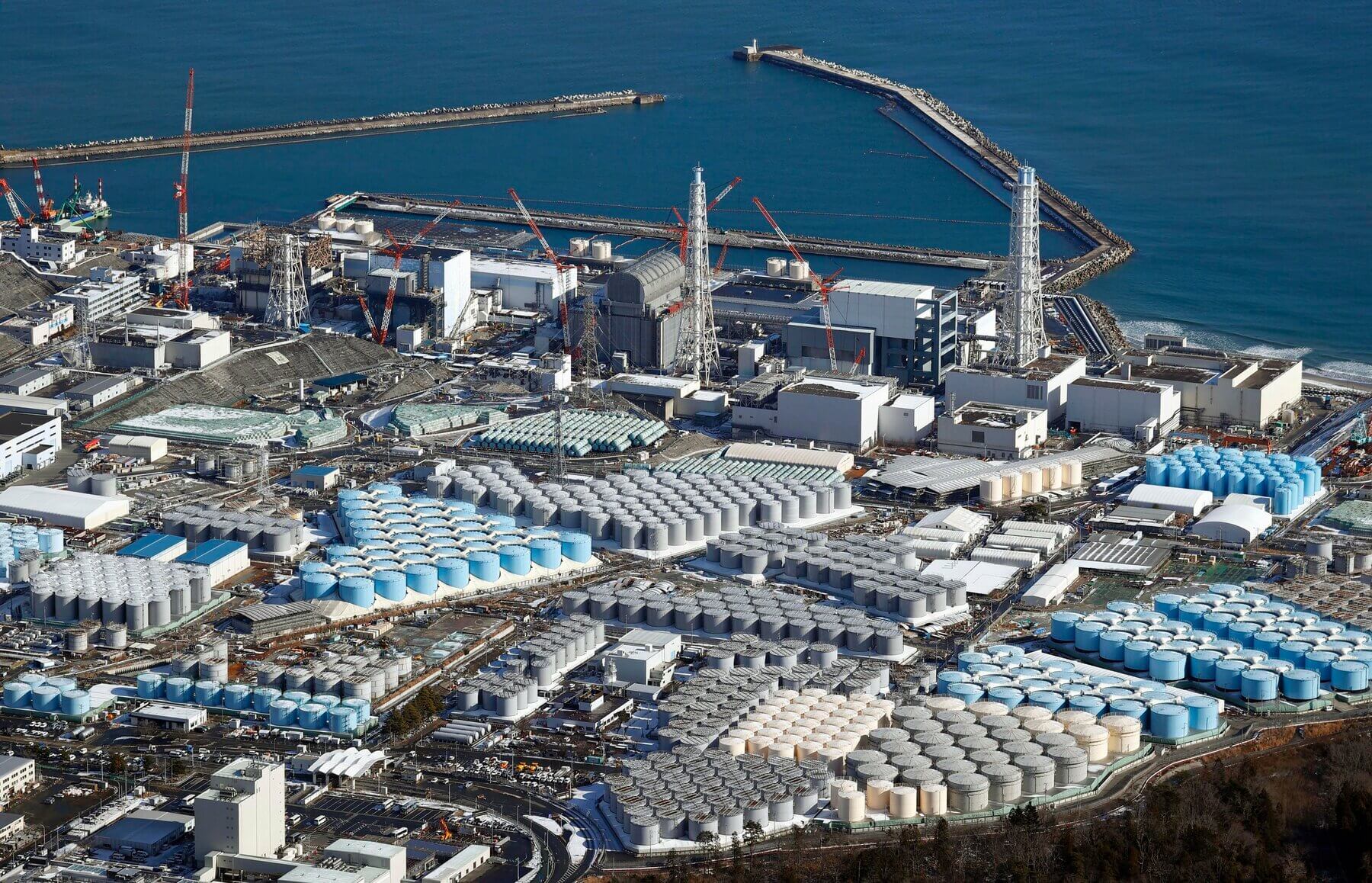On Tuesday, the Japanese government officially authorised a plan to begin releasing millions of tonnes of radioactive water stored in the Fukushima Dai-Ichi nuclear power plant into the Pacific Ocean. In addition, it also announced a wide range of steps to address growing concerns over reputational damage to local fisheries and food.
“The treated water’s discharge is an unavoidable issue in the process of decommissioning the Fukushima No. 1 nuclear power plant...Today, we’ve made a decision that releasing the water into the sea is realistic and put together basic policies, on the condition that the government guarantees safety in a way that significantly goes beyond (national and international) standards and does everything it can to implement countermeasures against damage caused by rumours,” Prime Minister Yoshihide Suga said on Tuesday morning. He also stressed that the water will be treated according to international regulatory standards.
Approximately 1 million cubic meters of water—which is enough of a quantity to fill 400 Olympic-sized swimming pools—has been collected in the plant since 2011, after it was damaged in an earthquake and tsunami that year. Though the water has been treated and is being stored at the site itself, it is still radioactive.
Tuesday’s decision comes five years after the government assessed that, among its five options, which included evaporating the water into the atmosphere, a discharge into the sea would be the cheapest and quickest way to dispose of the water. The Japanese government has been under pressure to swiftly take a final call on the matter because the plant’s operator, Tokyo Electric Power Co. (TEPCO), has said that its water storage capacity of 1.37 million tons will be full by mid-2022. TEPCO will begin to release the treated water in about two years, after building a facility and establishing release plans that follow proper safety requirements. The water will be further diluted more than 100-fold using seawater, which will ensure that it contains lesser than 1,500 becquerels of tritium. That is one-fortieth of the national standard.
However, neighbouring countries, including China, Taiwan, and South Korea, as well as some national and international civil rights groups, have expressed strong concerns and opposition to the plan. According to the Chinese media house Global Times, these concerns stem from the “Japanese government’s low credibility in handling the nuclear issue and the unpredictable ecological risks.”
Last year, when Japan first indicated its plans to dispose of the water into the Pacific, local fishers and residents also vehemently opposed the release, arguing that such a measure would hurt their nearly decade-old struggle to rebuild trust among domestic and foreign consumers about the safety of their catches. Fishing activities along the Fukushima coast were halted in the immediate aftermath of the disaster, and trial operations started in June 2012, with stringent restrictions on fishing zones, types of catch, and fishing dates.
With respect to Japan’s relationship with South Korea, the move could further strain bilateral ties, which have already seen heightened friction over issues of wartime labour and trade. Seoul has previously urged Tokyo to be more transparent about the process and take a measured approach to the crisis that does not risk the environment and public health. In this regard, South Korea’s Vice Foreign Minister, Choi Jong-moon, met with Japanese Ambassador Koichi Aiboshi on Tuesday to express “serious concerns that the decision could bring a direct and indirect impact on the safety of our people and surrounding environment.”
Despite Worldwide Concern, Japan Set to Release Wastewater From Fukushima Plant Into Sea
Japan will begin releasing more than a million tonnes of treated water from the Fukushima nuclear plant into the Pacific Ocean in two years.
April 14, 2021

SOURCE: KOTA ENDO/KYODO NEWS, VIA AP
